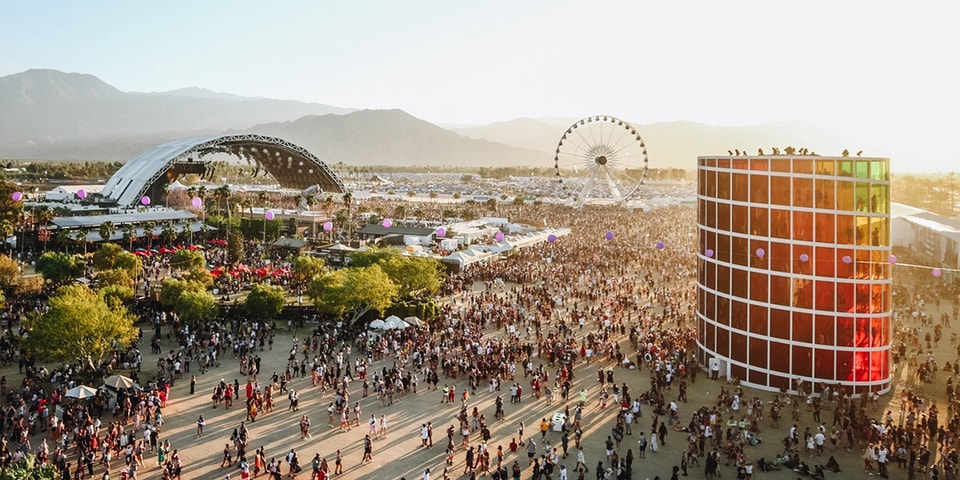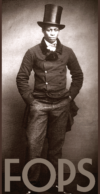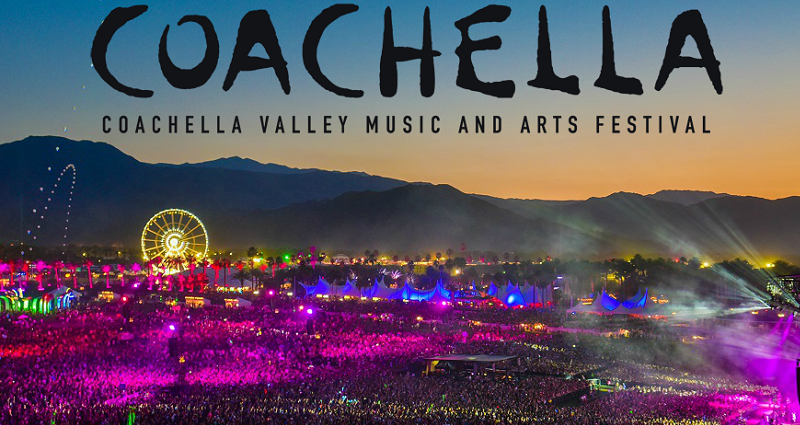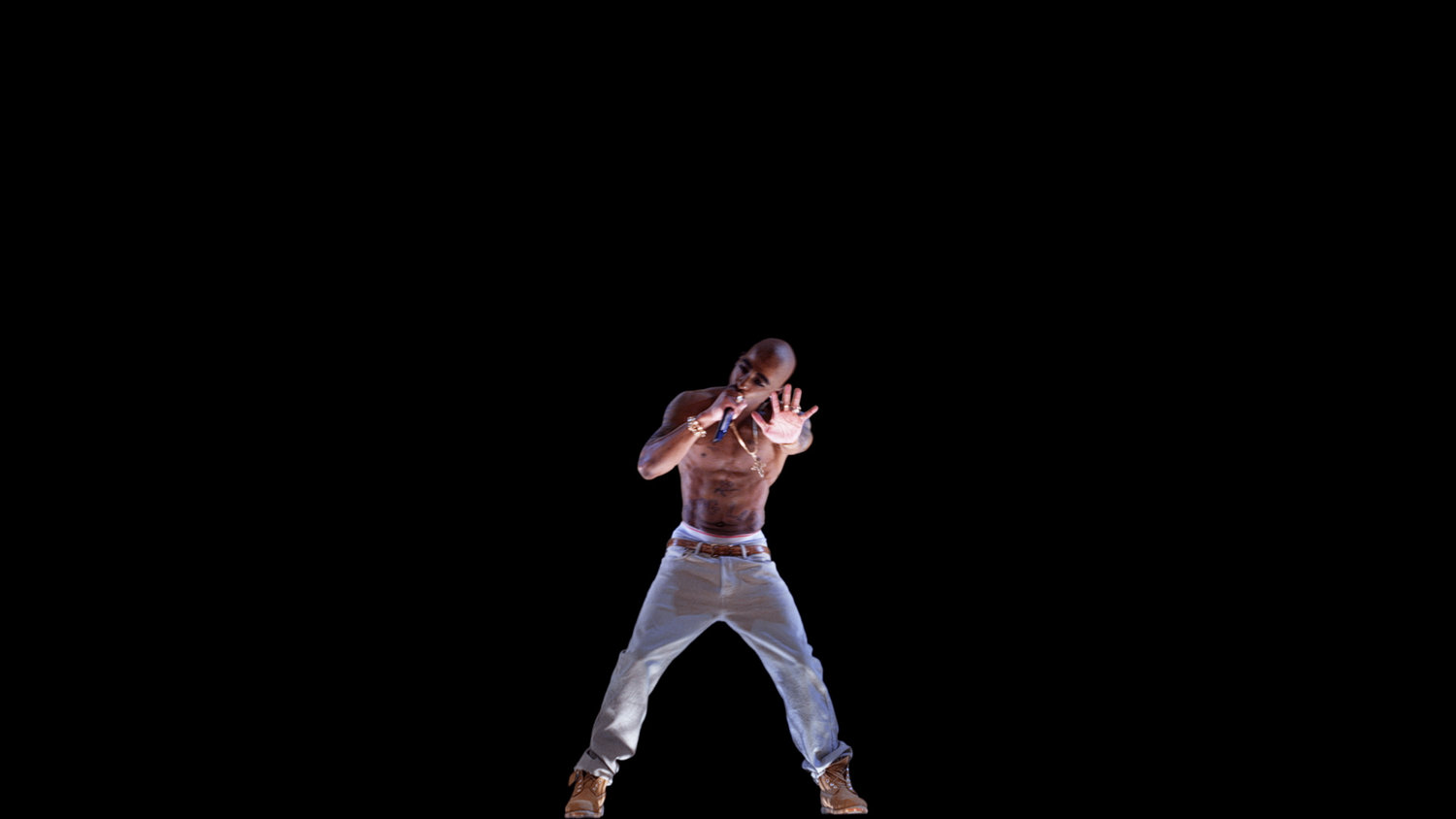‘Coachella: 20 Years In The Desert’ Documentary Bows Via YouTube Originals On Former Opening Day
If the world were normal, the opening of the 21st Coachella Music & Arts Festival would be taking place today at noon.
For reasons everyone knows, that won’t happen until at least October, presuming health conditions permit. But while there’s no communal experience to be had this April, fans of the festival can capture a little bit of the magic with the premiere of the documentary film Coachella: 20 Years In The Desert, which kicks off at the exact time the doors of the festival would have opened – April 10 at 12:00pm PT. It will be streaming free on YouTube Originals, bringing fans festival memories, performances and artist interviews from 1999 to 2019.
The film marks the first time many of the festival performances will be seen by the general public. Participants include Billie Eilish, Kanye West, Daft Punk, Travis Scott, BLACKPINK, LCD Soundsystem, Rage Against The Machine, Pixies, Swedish House Mafia, Jane’s Addiction, Björk, The White Stripes, Madonna, Moby, Beck, Radiohead and others.
Goldenvoice cofounder Paul Tollet and Raymond Roker, the latter head of AEG Studios, were the film’s executive producers. Chris Perkel was producer and director. The film is a Goldenvoice Production in association with Hamsterdam Productions.
Executive producer Roker and director/producer Perkel answered some Deadline questions about the project:
DEADLINE: Was every act that ever performed at the event recorded?
CHRIS PERKEL: In the early years, the coverage was more hit and miss. To the great credit of Drew Thomas, who was spearheading the effort to capture those early years, his small team of shooters captured amazing performances, both big and small, that captured the essence of the festival, and we always had options for any story point he hoped to illustrate.
But as the festival grew, so did the coverage, and we have an overwhelming amount of material that spans the overwhelming majority of the performances across these 20 years. We’re talking a petabyte of footage — that’s 1000 gigabytes, a unit of measure I’d never heard before this project. That spans everything from line cuts, isolated angles, ENG shooters, drone teams, film teams, on-site interviews, multi-track audio, etc., not to mention what our team shot specifically for the documentary over the course of six years making the film. This footage is housed in a literal warehouse. It’s more than you can imagine.

I come from an editorial background, with a specialty in archive heavy projects. I cut Pearl Jam Twenty, which prided itself on having over 2,000 hours of footage. This project blows that away. Easily the most complex editorial situation I’ve ever encountered or expect to encounter.
RAYMOND ROKER: For the first Coachella in 1999, there was an intent to record as much as possible. Drew Thomas, a DP and director was hired by Paul Tollett to capture the entire event. A huge task on a tiny budget at the time. But as a filmmaker, Drew saw the potential and eventually directed the first Coachella documentary, released in 2006.
The attitude of the festival was such that for over a decade, no money was made on the archive. It was simply an investment in the future. The recordings started long before streaming—or even online video, in any real sense. So what was imagined when we first started capturing performances vs 2018 and Beyonce being filmed with a dozen cameras is a vastly different animal.
But I applaud Skip Paige and Paul Tollett for approving and championing these recordings, because the cost alone is enough to limit what gets saved for future generations. Even if there was never a Coachella film or YouTube Originals, the archive would be a goldmine of the last two decades of music and culture, something we can only assume historians would look to decades from now to map out what went on in the early 2000s. As a cultural archivist myself, I’m genuinely proud and mindful of that fact alone.

DEADLINE: Was there a performance that didn’t make it into the film?
CHRIS PERKEL: Honestly, no. I mean obviously there aren’t 2400 performances in the film. But in terms of performances, we felt we needed to communicate the story as we understood it, performances that either captured the essence of a period (like the Rapture in 2003), or were themselves story points critical to understanding the growth of the festival (Madonna in 2006, the Tupac Hologram in 2012, etc.), every one of them made the film. Which is no small feat, considering the size of these artists. We’re talking Dre, Beyonce, Radiohead, etc. I don’t know that there’s ever been a film that presents this wide an array of seminal performances. It’s a credit to Paul Tollett’s relationship to all those various camps that we were able to license all of this. It was a herculean effort that genuinely came down to the wire, but we pulled it off.
RAYMOND ROKER: Roger Waters, 2008, one of my favorite performances ever at Coachella, isn’t something we have in the vault. But more incredible to me are the performances that shouldn’t have been in the archive. Madonna, or Daft Punk. We didn’t record Sahara before 2013, as a general rule. The stage didn’t have IMAG screens like the main stages, and it didn’t stream once we landed on YouTube. So those sets were often lost to history or only minimally filmed. So, it was Drew Thomas’ team who ignored the rules to go and capture what they thought was valuable. What was meaningful musically. Had that not been the case, we’d only have fan video of a number of now-legendary performances. That was a blind spot by the festival itself, that I’m glad that, as filmmakers, our camera team saw the value in.
DEADLINE: What was the biggest challenge in putting this together?
CHRIS PERKEL: The biggest challenge creatively was boiling 2400 performances down to a story that still captured the breadth and scope of what the festival presents. We had to, of course, keep an eye on what performances communicated which story beat, while also making sure the balance and breadth of artists accurately reflect the essence of this eclectic, multi-genre music festival. It’s hard to massage a petabyte of footage into 104 minutes. And then figuring out how to structure that narrative in a way that allowed us to experience this movement through time while also tracking the various arcs essential to understanding the evolution of both popular music and the festival itself.
And, of course, the music licensing! Over 60 music cues from the biggest acts in the world. It took a lot of collective effort and still came down the wire.
RAYMOND ROKER: The biggest challenge for me was first getting a grip on the archive itself—the sheer magnitude of material in various formats and states of organization. I showed up to my role as content director in 2013, when there was only a freelancer working remotely on the archive digitization process. I was handed miscellaneous drives and odds and ends along the way. But it was far from a roadmap for what we could create.
The next challenge was finding a path to funding and producing a feature documentary. Goldenvoice isn’t a traditional film studio or production company, so we needed to align with a great partner who would let us tell our story. And there were starts and stops over several years, enough that I eventually accepted that this may not happen during my time at the company. So, when it was finally time to pitch to YouTube Originals, I had five years of momentum behind me. And as the festival approached the 20-year mark, it was imperative to get this produced.

DEADLINE: The show was in deep financial trouble at one time. Will that be addressed?
CHRIS PERKEL: Yes. It’s a big story beat. Coachella is such a major cultural touchstone today, it’s hard to imagine that it nearly bankrupted the company that promotes it back in 1999. If we’re going to understand the growth of the festival, we need to understand its humble origins and appreciate just how outside-the-box and unlikely to succeed this project was in its infancy. Audiences will learn a lot of history, and for many, I bet it’ll be pretty surprising.
DEADLINE: When you made this film, was the intent to capture the music or the culture that’s sprung up around it?
CHRIS PERKEL: I think they go hand-in-hand. But our interest was in capturing the growth of the festival, how it both led and reflected changes in popular music and the culture at large. And that primarily comes back to the music. The festival would not have the cultural influence it has without the credibility that comes from two decades of musical excellence. It is a platform that artists look to to make statements, and that’s the engine that drives the festival’s continued relevancy, in my opinion.
RAYMOND ROKER: The music and culture have always been linked, so our intent was to showcase both. But without a doubt, the romance and nostalgia for last weekend or 20 years ago are very real and present in the film. We’ve all had a moment at Coachella where we’ve experienced a performance that gave us chills. I know I have mine. So, selfishly, this film couldn’t help but also share some of these moments. But in 104 minutes, we were limited to performances that also helped us tell the underlying story. The 20-episode concert film version of Coachella will be the next project.
DEADLINE: What was the biggest surprise of the performances?
CHRIS PERKEL: I’d say finding Daft Punk’s seminal 2006 pyramid-revealing set. It’s the single most-referenced performance in every artist interview. It single-handedly reimagined what an electronic music live experience could be, and ignited an explosion within the genre. And it happened at Coachella. That footage has never been seen by anyone. It was literally recorded and thrown into the vault, only to be unearthed when this project began. It’s amazing.
RAYMOND ROKER: Agree that finding Daft Punk footage—material that had never been seen by the public—was like discovering the lost ark. But Madonna footage was a close second. Neither of those sets was supposed to be filmed. So props to the rogue camera ops who captured them anyway.
DEADLINE: Woodstock serves as a sort of time capsule of the period. Can you see that happening with this film?
CHRIS PERKEL: Absolutely. It wasn’t a conscious goal as we made the project But once we started seeing it come together in the latter stages, we had those exact discussions. It captures a period without question. It’s kind of thrilling, to be honest.
RAYMOND ROKER: The highest praise would be for anybody to compare our film to Woodstock. Without a doubt, our intent was to make something that dutifully and accurately reflected the times and the cultural shifts at play, going back to the beginning of Goldenvoice in 1981. And doing that over three decades—essentially from punk/hardcore in Los Angeles to global music culture in 2019 is a challenge, to say the least. Viewers will surely let us know how we did there.
DEADLINE: What makes or has made Coachella special? I’m thinking that being in Southern California, long a cultural trendsetter, was a fortuitous marriage.

CHRIS PERKEL: The festival could have only happened in Southern California. We talk about it quite a bit in the documentary, but it was the marriage of indie music and rave culture in Los Angeles that planted the seeds for the festival. And of course, the polo fields — the temperate climate, the beautiful grounds, the gorgeous atmosphere — really makes the festival unique. And most importantly, the curation. The festival has consistently been ahead of the curve and presented the very best in what’s happening in popular music.
RAYMOND ROKER: Coachella comes from a curious and intentional place. Its formation was a mixture of a deep understanding and reflection of what was inspiring live events at the time, but with a vision of what could be created in the future. It also, fortunately, landed in a stunning piece of desert near a musical and cultural epicenter. Add to that, its launch came just as tastes and consumption of music were getting digitized and democratized at the same time. So the backdrop to the last 20-30 years was as fertile of a time in music as we’ve known.
DEADLINE: Is there a concert film you admired and brought into the making of this film, either consciously or subconsciously?
CHRIS PERKEL: We did look at Woodstock and its ability to capture the spirit and energy of a period of time. I’ve always been a huge fan of Gimme Shelter for the same reasons, even if that energy is far darker and more ominous. But honestly, this is a pretty unique project. To try and capture a festival that spans two decades, with this kind of breadth, is unlike anything I’ve seen personally. That’s part of what made it so exciting, it did feel like uncharted territory.
RAYMOND ROKER: For sure, some of the great concert films like Woodstock. But also, I was continuously inspired by the formats of modern concert footage, short-form storytelling, and even recent projects like Beyonce’s Homecoming. In the end, Chris showed himself to be a deft and detailed storyteller so we were happy to allow this film to take on its own approach without following any templates.


